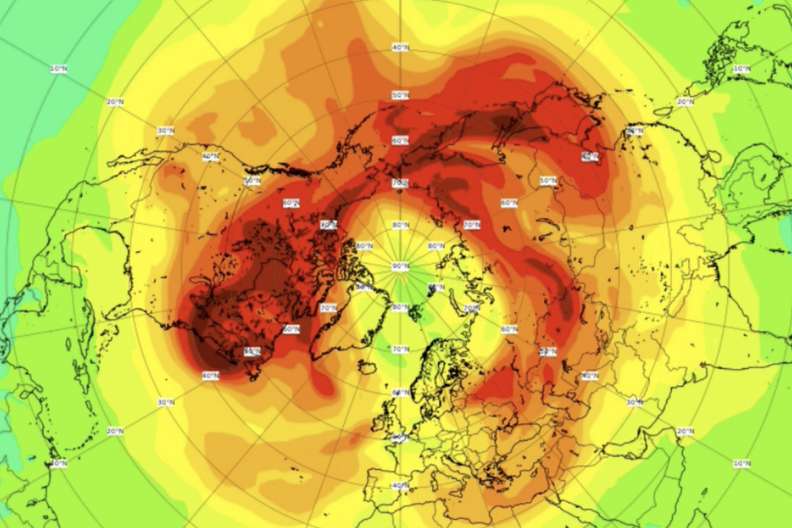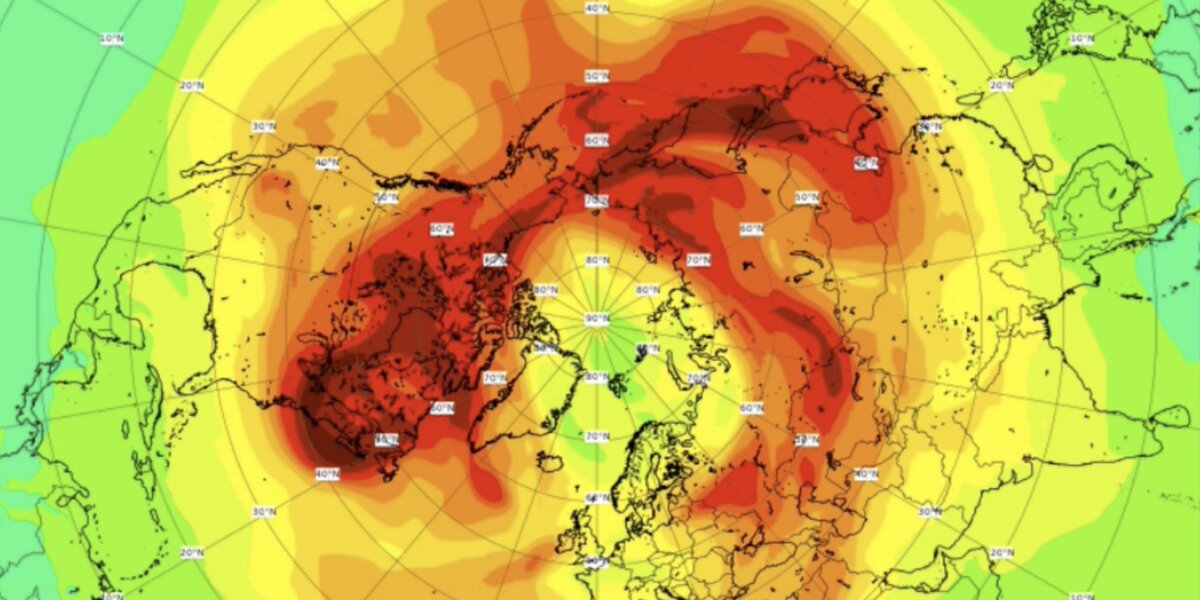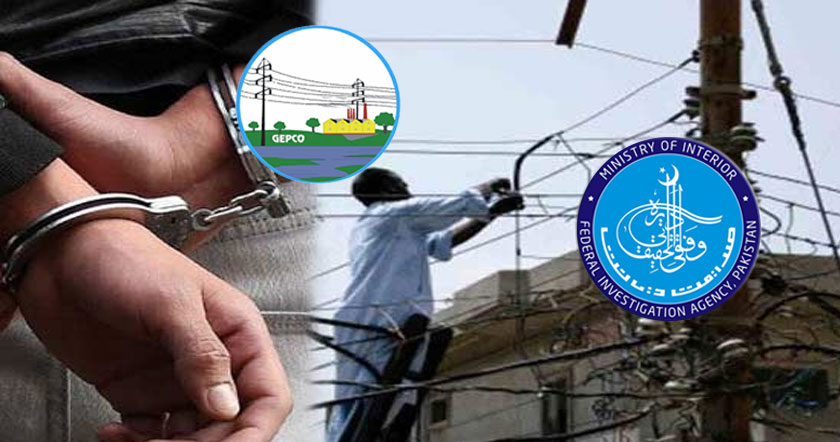Researchers say the coronavirus pandemic, which has reduced air pollution levels around the world, likely had nothing to do with its closure.

The largest ozone hole to open up in the Arctic has now closed.
Scientists at the Copernicus Atmosphere Monitoring Service (CAMS) who were monitoring the unprecedented Arctic hole announced its closure on April 23.
The last time similarly strong chemical ozone depletion was observed over the Arctic was during spring 2011, and ozone depletion in 2020 seems on course to be even stronger, a CAMS release in early April said, of the unusually large ozone hole that formed this spring.
And though lockdowns to curb the spread of the coronavirus have led to reduced air pollution levels around the world, the CAMS researchers said that the pandemic likely had nothing to do with the ozone hole’s closure.
Actually, COVID19 and the associated lockdowns probably had nothing to do with this, the climate service tweeted on April 26. It's been driven by an unusually strong and long-lived polar vortex, and isn't related to air quality changes.
According to NASA, an ozone hole isn’t technically a hole, but rather an area of exceptionally depleted ozone in the stratosphere.
CAMS researchers explained that while ozone depletion happens regularly in the Antarctic, it isn’t not normally found in the Northern Hemisphere.
The Arctic stratosphere is usually less isolated than its Antarctic counterpart because the presence of nearby land masses and mountain ranges disturbs the weather patterns more than in the Southern Hemisphere, they said. This explains why the polar vortex in the Northern Hemisphere is usually weaker and more perturbed than in the Southern Hemisphere, and temperatures do not fall so low.
But the polar vortex in 2020 was exceptionally strong and long-lived, and temperatures in the Arctic stratosphere were low enough at the beginning of the year to allow the formation of Polar stratospheric clouds (PSCs), which contributed to the Arctic ozone depletion.
Now that the intense and unusual polar vortex has ended, the researchers say they don’t anticipate the Arctic ozone hole appearing again next year.

 nowthisnews.com
nowthisnews.com

The largest ozone hole to open up in the Arctic has now closed.
Scientists at the Copernicus Atmosphere Monitoring Service (CAMS) who were monitoring the unprecedented Arctic hole announced its closure on April 23.
The last time similarly strong chemical ozone depletion was observed over the Arctic was during spring 2011, and ozone depletion in 2020 seems on course to be even stronger, a CAMS release in early April said, of the unusually large ozone hole that formed this spring.
And though lockdowns to curb the spread of the coronavirus have led to reduced air pollution levels around the world, the CAMS researchers said that the pandemic likely had nothing to do with the ozone hole’s closure.
Actually, COVID19 and the associated lockdowns probably had nothing to do with this, the climate service tweeted on April 26. It's been driven by an unusually strong and long-lived polar vortex, and isn't related to air quality changes.
According to NASA, an ozone hole isn’t technically a hole, but rather an area of exceptionally depleted ozone in the stratosphere.
CAMS researchers explained that while ozone depletion happens regularly in the Antarctic, it isn’t not normally found in the Northern Hemisphere.
The Arctic stratosphere is usually less isolated than its Antarctic counterpart because the presence of nearby land masses and mountain ranges disturbs the weather patterns more than in the Southern Hemisphere, they said. This explains why the polar vortex in the Northern Hemisphere is usually weaker and more perturbed than in the Southern Hemisphere, and temperatures do not fall so low.
But the polar vortex in 2020 was exceptionally strong and long-lived, and temperatures in the Arctic stratosphere were low enough at the beginning of the year to allow the formation of Polar stratospheric clouds (PSCs), which contributed to the Arctic ozone depletion.
Now that the intense and unusual polar vortex has ended, the researchers say they don’t anticipate the Arctic ozone hole appearing again next year.

Largest Arctic Ozone Hole Ever Recorded Has Closed
Researchers say the coronavirus pandemic, which has reduced air pollution levels around the world, likely had nothing to do with its closure.







































